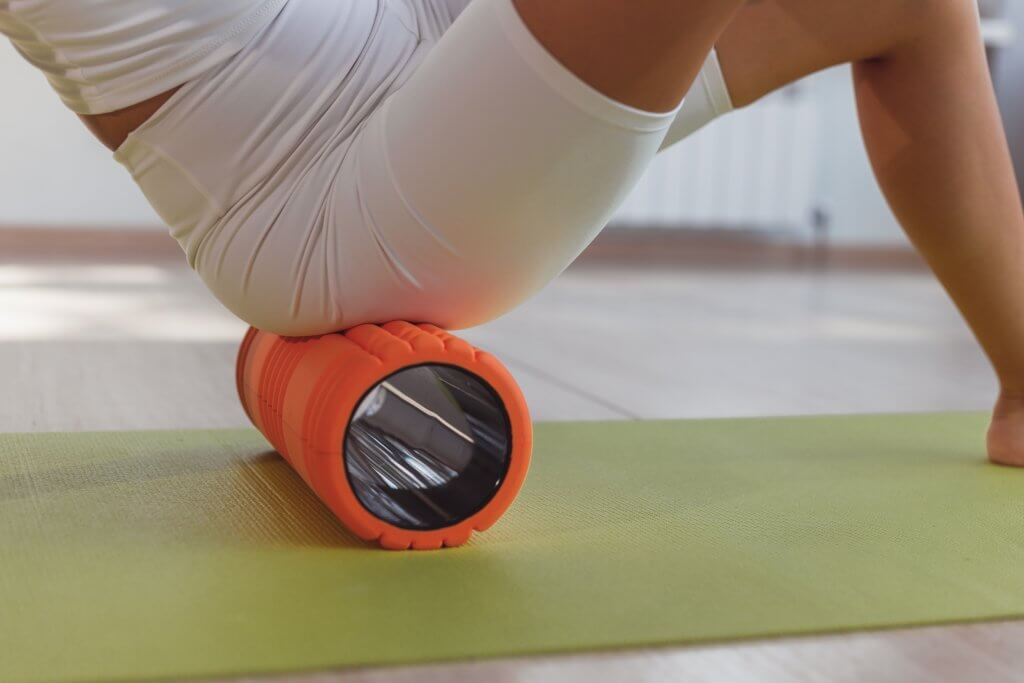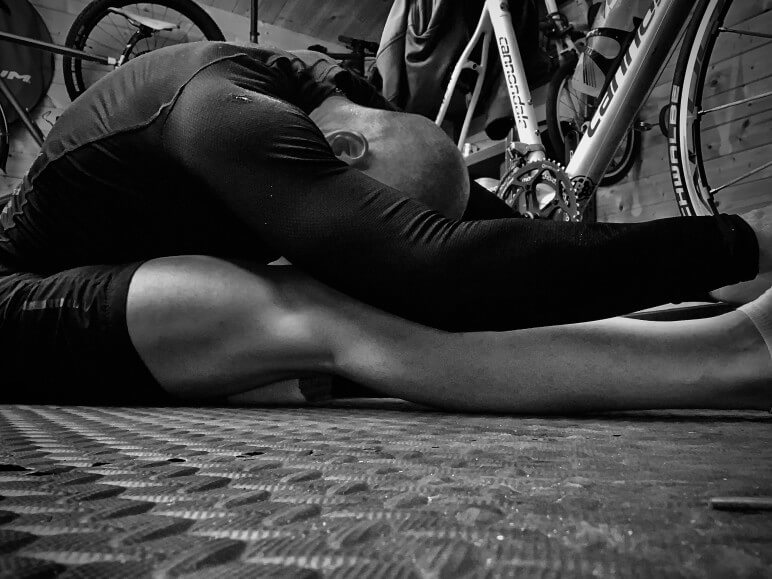As a cyclist, you are likely familiar with the importance of rest and recovery. But what about active recovery? What is it, and why do cyclists need it? In this post, we’ll answer those questions and more, so you can make the most of your active recovery day. Stay tuned!
Active recovery vs. passive recovery
Recovery is one of the essential components of any training plan, and all goal-oriented cyclists should prioritize it. A targeted recovery method, planned rest, and increased attention to your hours of sleep (recommended greater than eight hours) and nutrition can all help you recover faster.
There is no such thing as a superior type of recovery. Active and passive recovery both have their uses and advantages. It’s all about knowing when to use each one.
Many cyclists believe that taking days off from riding leads to faster improvement. This is not necessarily true for endurance athletes. The body can’t tell if you are active or not active on days you are not sweating, so it’s recommended to implement a proper recovery strategy. Active recovery refers to engaging in low-intensity activities; passive recovery is simply a rest from all activities.
There are a few differences between active and passive recovery (rest days): Active recovery allows cyclists to stay active without putting additional stress on the body; helps them maintain their fitness level and prevents the loss of muscle mass; and for cyclists, many times, is more effective than passive.
Cyclists who are active between a race or a training session may benefit from the post-activity recovery. It helps cyclists maintain their fitness level and prevents muscle soreness and loss. When you take time off from cycling, your body starts to break down muscle tissue. This is because your body no longer has to work as hard to meet the demands of cycling, and it begins to use muscle tissue for energy.
Cyclists can continue to be active without putting additional strain on the body by doing a little bit of light activity. This type of recovery is often recommended for endurance athletes because it helps the body recover without taking time off from riding. There are many different methods that cyclists can use, and we will discuss them later.
The benefits of active recovery and the recovery process
Active recovery can benefit cyclists, especially those who need to stay active but prevent further damage. It allows cyclists to maintain their fitness level and avoid losing muscle mass. It can also relieve stress and fatigue levels, promote mental health, improve deep sleep quality, reduce the risk of illness due to overtraining syndrome or burnout syndrome, improve cycling-specific endurance, reduce the time it takes to recover, and improve recovery between each intense training session.
Cyclists should perform active recovery because it enhances blood flow throughout the muscles and encourages metabolic waste products removal through sweat production. It could also speed up muscle repair by increasing muscle temperature earlier than stationary rest would allow. While taking a day off means no activity whatsoever, active recovery offers riders an opportunity to still get active. Even light recovery workouts can benefit riders because they return oxygenated blood to the muscles, allowing them to recover more quickly than they would through stationary rest alone.

How to do active recovery, more than just a recovery ride
Active recovery includes low-intensity activities such as relaxed riding, a recovery spin in a small gear, a recovery ride with no sprint efforts, and recovery intervals. Cyclists should also cross-train or do an easy pedal to engage in active recovery. These activities can be done any day of the week to promote recovery and improve fitness levels, power output, and cycling-specific endurance. This can help you with improved performance when it comes time for hard training sessions.
The active recovery process is different from a rest day because it still allows cyclists to maintain their endurance levels. Cyclists can improve by performing low-intensity recovery rides or cross-training activities at a heart rate of 130 beats per minute (bpm) or below, or their recovery range. You can calculate a simple heart rate recovery zone range by taking 220 minus the cyclist’s age, then multiplying that number by 60 percent to 85 percent.
Active recovery activities, including:
When you walk, keep it at a leisurely or moderate, or pace
- Jogging at a light pace
- Hiking an easy or moderate trail
- Road biking at an easy pace (recovery ride)
- Yoga, flexibility, or mobility exercises
- Tissue manipulation, including using a foam roller and getting a sports massage, or self-massage
- Other muscle recovery modalities, such as compression therapy using compression tights or recovery legs
Preparation is essential for an active recovery ride. Active recovery exercises, such as active recovery drills, can deplete glycogen stores if you don’t make sure you’ve fully refueled after exercise. This can help you avoid hypoglycemia. Also, You should perform active recovery drills at the lowest effort possible not to exacerbate fatigue. Active recovery riding should be avoided if you are too tired to do so, and it should be avoided until your muscles have fully recovered.
Recovery Nutrition
There are many things cyclists can do to optimize their recovery, such as drinking plenty of fluids, eating a balanced diet, getting enough quality sleep, and engaging in active recovery. Nutrition is an important component of a cyclist’s recovery, and they should take the necessary nutrients to aid in fast recuperation.
Muscles need protein to repair and rebuild after a hard workout. Protein can be found in meat, eggs, dairy products, legumes, nuts, and seeds. Carbohydrates are also important for muscle recovery because they help restore energy stores depleted during exercise. Carbohydrates can be found in grains, fruits, vegetables, and sweeteners. Cyclists should aim to eat about 1 gram of carbohydrate per kilogram.
What to Do on Your Rest Day, the answer is not recovery rides
In the end, it’s entirely up to you what you do on your recovery days. Some people enjoy having a plan; others prefer to go with the flow. It is usually a good idea to be flexible with your rest days. If you decide to go for a recovery ride but wake up feeling exhausted, sore, or weak on the morning of, switch plans and take a complete rest day. A rest day is always intended to increase your energy levels, not decrease them.
Active recovery is a vital part of training plans. It helps cyclists maintain their fitness level by preventing further damage to muscles between workouts, relieves stress and fatigue levels, promotes mental health, improves sleep quality due to reduced overtraining syndrome or burnout syndrome risk, and can help prevent injury from overexertion with improved circulation. Integrating this into your cycling routine could be what you need to stay on top of your game! If you’d like more information about how active recovery strategies work for athletes in general- not just cyclists- contact us at chuck@kylecoaching.com today! We would love to talk about our services with you.
There are a few tips you can use to make active recovery more successful:
– Stay active at low-intensity levels.
– Make sure you are well hydrated.
– Don’t push yourself too hard.
– Listen to your body and take breaks when needed.
– Have fun!



